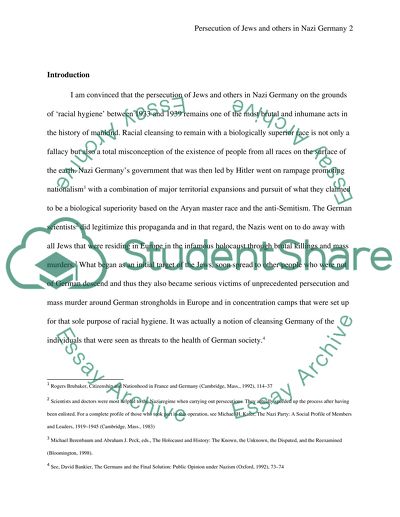Cite this document
(“Compare and contrast the persecution of Jews with the persecution of Essay”, n.d.)
Retrieved from https://studentshare.org/history/1432969-compare-and-contrast-the-persecution-of-jews-with
Retrieved from https://studentshare.org/history/1432969-compare-and-contrast-the-persecution-of-jews-with
(Compare and Contrast the Persecution of Jews With the Persecution of Essay)
https://studentshare.org/history/1432969-compare-and-contrast-the-persecution-of-jews-with.
https://studentshare.org/history/1432969-compare-and-contrast-the-persecution-of-jews-with.
“Compare and Contrast the Persecution of Jews With the Persecution of Essay”, n.d. https://studentshare.org/history/1432969-compare-and-contrast-the-persecution-of-jews-with.


